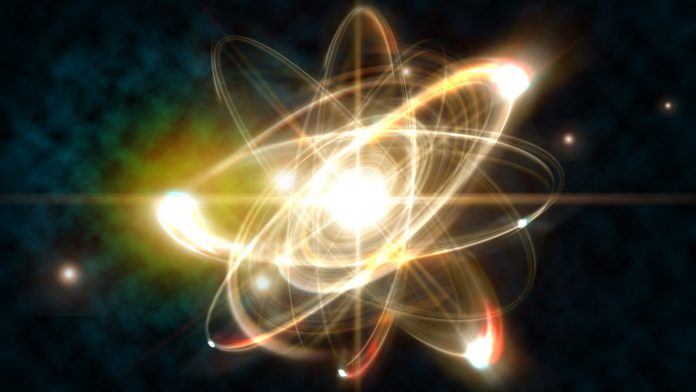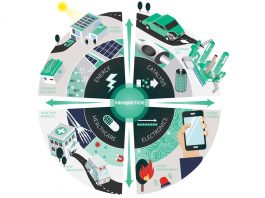Physicists led by Chalmers University of Technology, Sweden, have designed a new method of quickly calculating the properties of an atomic nucleus.
Most of the atomic mass resides in the centre of the atom, in a dense region called the atomic nucleus. The constituent particles of the nucleus, the protons and neutrons, are held together by something called the strong force. Although this force is central to our existence, no one knows exactly how it works. To increase our knowledge and unravel the fundamental properties of visible matter, researchers need to be able to model the properties of atomic nuclei with great accuracy.
The basic research that Andreas Ekström, associate professor at the Department of Physics at Chalmers, and his colleagues are working on sheds new light on topics ranging from neutron stars and their properties to the innermost structure and decay of nuclei. Basic research in nuclear physics also provides essential input to astrophysics, atomic physics, and particle physics.
Research leader Ekström said: “Now that we can emulate atomic nuclei using this method, we have a completely new tool to construct and analyse theoretical descriptions of the forces between protons and neutrons inside the atomic nucleus.”
Using EVC to emulate quantum mechanical properties
The new emulation method is based on eigenvector continuation (EVC), which allows for emulation of many quantum mechanical properties of atomic nuclei with incredible speed and accuracy. Instead of directly solving the time-consuming and complex problem repeatedly, researchers have created a mathematical shortcut, using a transformation into a special subspace. This makes it possible to utilise a few exact solutions to then obtain approximate solutions much faster.
If the emulator works, it will generate solutions that are almost exactly (99%) similar to the solutions to the original problem. The EVC method for emulation is not limited to atomic nuclei, and the researchers are currently looking further into different types of applications.
Ekström said: “I am incredibly excited to be able to make calculations with such accuracy and efficiency. Compared with our previous methods, it feels like we are now computing at lightning speed. In our ongoing work here at Chalmers, we hope to improve the emulation method further, and perform advanced statistical analyses of our quantum mechanical models. With this emulation method it appears that we can achieve results that were previously considered impossible. This certainly opens doors to completely new possibilities.”









